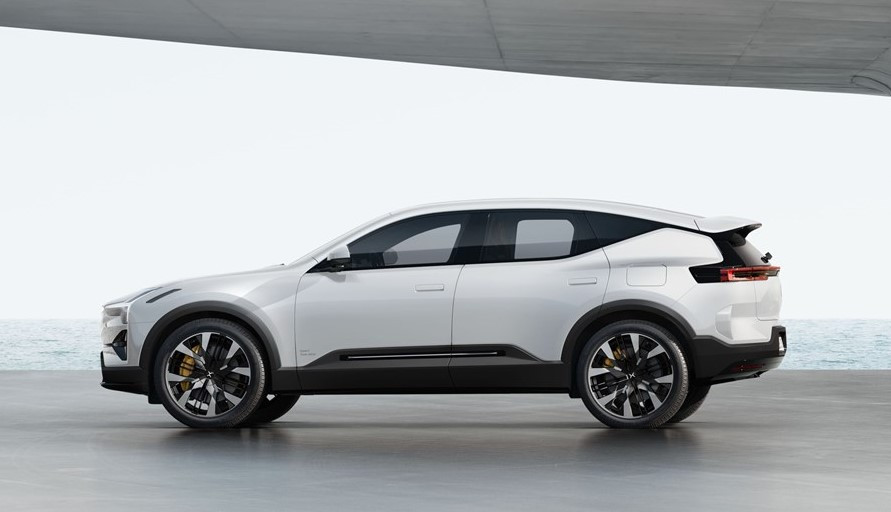Electric car maker Polestar has claimed that the total cradle-to-gate carbon footprint of its latest performance SUV Polestar 3 is lower than that of the smaller Polestar 2, pegged at 24.7 tCO2e versus 26.1 tCO2e of the latter launched in 2020, as informed by the company's latest Lifecycle Assessment (LCA) report reviewed by a third party consultancy firm Ricardo plc.
Considering that the majority of greenhouse gas (GHG) emissions stem from the extraction and processing of various materials, especially aluminium, steel, and batteries, the company claims to have achieved reduction in carbon footprint of the electric car by cutting emissions at the source level.
The LCA report for Polestar 3, conducted in accordance with ISO 14067:2018, shows that material production and refining contribute 68 percent of its cradle-to-gate carbon footprint, of which aluminium represents 24 percent, iron and steel 17 percent, and battery module production representing 24 percent emissions.
"The majority of a vehicle's greenhouse gas emissions stem from extracting and processing materials. As we accelerate the adoption of electric cars, there is a lot we can do to reduce their production-related emissions and strengthen the role of innovations and of electric cars as a climate solution, Polestar 3 is a testament to that", said Fredrika Klarén, Head of Sustainability at Polestar.
Through implementation of innovative and carbon-neutral solutions, such as purchasing aluminum and steel produced using renewable electricity, and entirely new solutions may relate to electronics, tires, and thermoplastics, Polestar aims to control these production-related carbon related footprint at the source.
Consequently, about 81 percent of Polestar 3's total aluminium mass production, along with the li-ion battery cell module production including anode and cathode material production, is now enabled completely by renewable electricity, by which 8.5 tCO2e have been eliminated, the company claims.
Polestar 3 is manufactured initially at Volvo Cars' Chengdu factory in China, with additional production slated to start in South Carolina, USA, by mid of this year. Both the facilities are run by 100 percent renewable energy.
The LCA has been calculated using three different electricity mixes and a 200,000 km lifetime distance driven. The methodology to assess the electricity in use phase has been updated and now includes more realistic scenarios from the IEA which take into account increased shares of renewables, underscoring their potential for reducing the car's emissions during the use phase.
For the first time in any Polestar LCA, vehicle maintenance is included in the calculations. The car's cradle-to-grave carbon footprint ranges between 28.5 – 44.5 tCO2e depending on the electricity used to charge the vehicle during its lifetime, according to the automaker.

Green NCAP's 2023 winners are electric: 4 EVs scored high in energy efficiency
Read More

